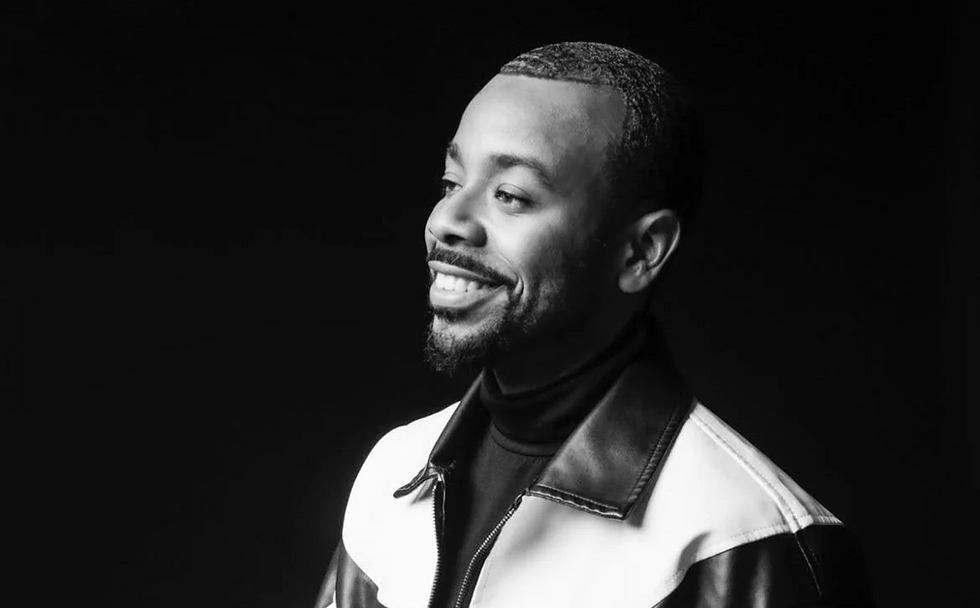Examining the Intimate Cinematography in "Insecure" Season 5
- Linathi Makanda

- Nov 23, 2021
- 3 min read
Updated: Nov 24, 2021
We’re five episodes into the HBO comedy-drama series, Insecure, and although the series still heavily explores the challenges of adulthood, relationships, and finding your feet, it’s almost impossible not to dissect how those themes are carried out through the show’s cinematography.
Ava Berkofsky, twice Emmy-nominated cinematographer and director, gave us cinematographic shots that drew on contrasts in the last season. During scenes where visual symbolism was present, we either saw emotional drifting between leads or connections that pulled the characters apart from where they were, towards each other. Among the shots that demonstrated this intention was the one from episode eight: "Lowkey Happy", where we see Issa and Lawrence positioned strategically on a half-color background following a dinner date that led to the vulnerable unpacking of their relationship. This scene was not just visually pleasing, it also heightened the energy between them that seemed almost suppressed throughout the night.
Season five seems to be taking a different approach. There is a strong call for the audience to pay attention to how the characters handle moments of intensity. Through the use of framing, specifically, the cinematography guides the viewer to something of importance without entirely changing shots. This technique is called focus-pull, and we see it commonly evident in corner shots with the subject usually positioned on the side of the screen, intimately contemplating and taking in both their surroundings as well as their own thoughts.

This framing practice is also described by cinematographer Patrick Cady as short sighting, and although we've seen this technique briefly in other seasons, it's important to ask ourselves why it is specifically the focus of this season, when it occurs, and what we can conclude from it.
In the latest episode — "Surviving, Okay?!" — this happened quite often when the characters were either uncomfortable or facing some kind of internal struggle. The visual language used here is clever and subtle in that we can still witness what's happening around these characters, but we are more emotionally involved in what's going on inside their heads.

Nathan's and Issa's first appearance in this episode after having hashed out things and being open about being more than friends is a good example of this. In the beginning, we see and hear the casual conversation over coffee until Nathan turns his back and he takes medication in a way that nearly appears to be hiding it from Issa. While watching the show, it is clear that Nathan struggled with mental health. Immediately, when our attention is drawn to that part of the scene, we wonder about his discomfort and what impact it could have on their relationship.
Another scene where this technique greatly enhances the delivery of emotions to the viewer is Condola's hospital visit. While the cinematographic presentation indicates that we are seeing a scene distinct from the last, the frames are structured in such a way that enables us to slowly realize that this is from the same viewpoint and ultimately the same location where we saw Issa previously. This psycho-visual play keeps our attention long enough to take in the bigger picture and what actually makes the scene heavy, namely Issa's view of Lawrence, Condola, and the new baby.

It feels like season five's visual language is inviting us to look a little closer and feel a little deeper, and with it being the final season, we can already feel the heavy energy of facing discomfort head-on or avoiding it altogether. This choice of cinematography and framing suggests that this season is more focused on the truth and what it looks and feels like. Perhaps it also poses the question of where it is we run to when we can no longer keep running from ourselves.







Comments